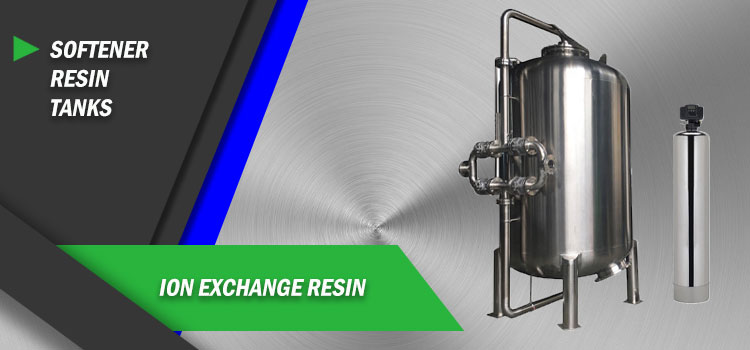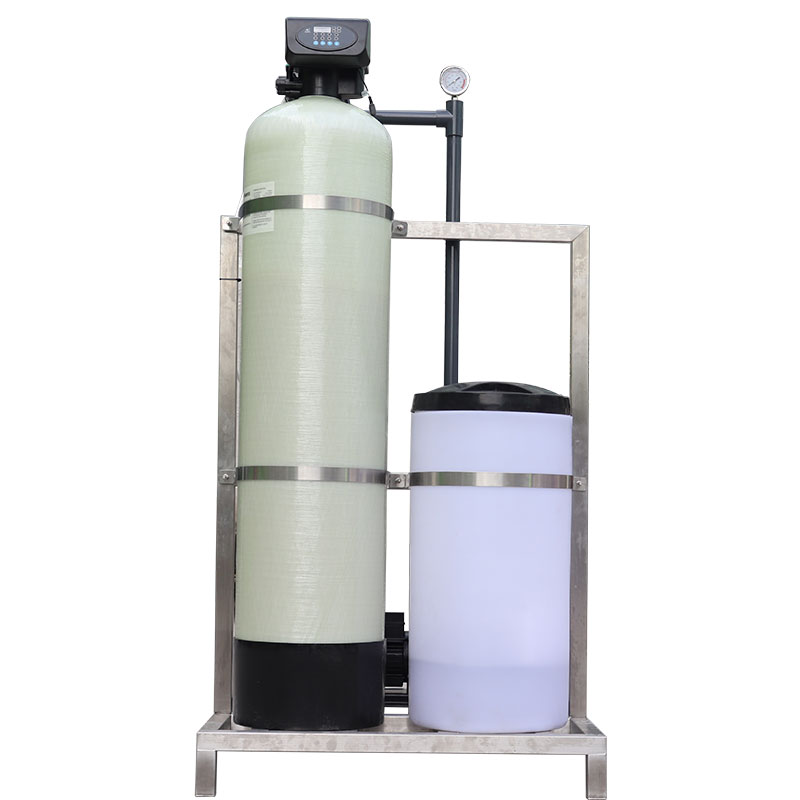What is a brine softener control unit?
Water quality problems are common around the world, especially hard water problems. Hard water contains a lot of calcium and magnesium ions, and these minerals can cause pipe blockages, equipment damage, and other problems in homes and industrial facilities. To effectively solve this problem, brine softeners have become an important device in many home and industrial applications.
And one of the core components of a brine softener is its control unit. This article will explore in detail what a brine softener control unit is, what it does, and how it affects the entire softening process.

What is the basic principle of a brine softener?
Before we get into the details of the control unit, it is necessary to understand the basic working principle of a brine softener. A brine softener reduces the hardness of water by replacing hardness ions (mainly calcium and magnesium) in the water with sodium ions through a process called ion exchange. This process usually occurs in a tank filled with resin. When hard water passes through the resin, calcium and magnesium ions are adsorbed, while sodium ions are released into the water to form soft water.
However, the ion exchange capacity of the resin is limited. When the sodium ions of the resin are completely replaced by hardness ions, the resin loses its softening ability and needs to be restored through a regeneration process. The regeneration process usually involves flushing the resin with concentrated brine to refill the sodium ions. The effective operation of this regeneration process is highly dependent on the correct operation of the control unit.
What is a control unit?
The brine softener control unit is an electronic or mechanical device responsible for managing and controlling all key functions of the softener, including the start of the regeneration cycle, the regulation of the regeneration process, the operating status monitoring of the softener, and system maintenance reminders. The control unit is usually integrated on the top or side of the softener and is the brain of the softener, determining the efficiency and effectiveness of the entire softening process.
Main functions of the control unit
1. Start and management of the regeneration cycle: The control unit is responsible for determining when to start the regeneration process. This can be based on time (timed regeneration) or water usage (flow regeneration). Timed regeneration means that the control unit starts the regeneration process at a preset time interval, regardless of the actual water usage; while flow regeneration starts regeneration after a certain amount of hard water is detected to ensure that the resin is regenerated in time before reaching the saturation point.
2. Regulation of the regeneration process: During the regeneration process, the control unit is responsible for managing the operation of different stages, including brine injection, cleaning and rinsing. The control unit precisely controls the duration of each stage and the flow of brine to ensure that the resin is fully regenerated while minimizing the waste of brine and water.
3. Operation status monitoring: The control unit monitors the working status of the softener, including the current water flow, the softening capacity of the remaining resin, the salt level in the salt tank, etc. If the system detects any abnormal conditions, such as water flow interruption or low salt level, the control unit will issue an alarm or instruct the user to perform necessary maintenance.
4. System maintenance reminder: The control unit can also provide users with maintenance reminder functions. For example, when the salt level is too low, the control unit will prompt the user to add salt; when the resin tank needs to be replaced or cleaned, the control unit will also issue corresponding reminders. These functions help to maintain the long-term efficient operation of the softener and avoid performance degradation caused by insufficient maintenance.

What are the types of brine softener control units?
According to different technologies and functions, brine softener control units can be divided into the following types:
Mechanical control unit
The mechanical control unit is a traditional control method, which usually controls the softener through gears, timers and mechanical valves. This control unit is relatively low in price and simple in structure, and is suitable for some basic water softening applications. However, mechanical control units have low accuracy and cannot flexibly adjust the regeneration cycle according to actual water quality changes, which may lead to waste of salt and water.
Electronic control unit
The electronic control unit is the more common type on the market today, relying on electronic sensors, microprocessors and solenoid valves to control the operation of the softener. This control unit can intelligently adjust the regeneration cycle according to actual water consumption, hardness level and other parameters, with higher accuracy and efficiency. In addition, electronic control units are usually equipped with LCD screens, so users can easily view system status and make settings adjustments.
Intelligent control unit
With the development of Internet of Things technology, intelligent control units have gradually become standard for high-end salt water softeners. Such control units are usually equipped with Wi-Fi or Bluetooth modules, which can be remotely monitored and controlled via smartphones or other smart devices. Intelligent control units can provide more detailed data analysis and reports, such as water usage trends, salt consumption, etc., and can be integrated with home automation systems to achieve more personalized water management.

What impact does the control unit have on the performance of the softener?
The accuracy and intelligence of the control unit directly affect the working efficiency of the softener. A high-performance control unit can accurately calculate the amount of salt and water required for regeneration, avoiding unnecessary waste, thereby reducing operating costs. In addition, the intelligent control unit can dynamically adjust the regeneration strategy according to the user's water use habits and water quality changes to ensure the stability of the soft water supply.
A reliable control unit can monitor the operating status of the softener and promptly remind the user to perform maintenance when problems occur. For example, when the salt level in the salt tank is too low or the resin fails, the control unit can issue an alarm in advance to avoid equipment damage due to long-term improper use. This not only helps to extend the service life of the softener, but also reduces the incidence of equipment failures.
Modern control units usually have a user-friendly operation interface and intelligent functions, allowing users to manage and maintain the softener more conveniently. With the intelligent control unit, users can remotely monitor the system status, obtain water use reports, and even personalize settings according to their needs. These functions significantly improve the user experience and make the use of the softener easier and more efficient.

How to choose the right control unit for a brine softener?
When choosing a brine softener, the performance and function of the control unit is a key consideration. Users should choose the right control unit based on their domestic or industrial water needs. If the water consumption is large and fluctuates greatly, it is recommended to choose an electronic or intelligent control unit equipped with a flow regeneration function to ensure that the softener can respond to water changes in a timely manner to avoid a decrease in the softening effect.
Although mechanical control units are cheaper, their functions and performance are limited, and they are suitable for users with limited budgets. Electronic and intelligent control units provide more functions and higher precision, but the price is relatively high, and they are suitable for users who pursue high performance and convenience. When choosing a control unit, users should also consider its maintenance convenience and after-sales service support. Some high-end control units may require regular software upgrades or professional technical support, so before purchasing, you need to confirm whether the supplier provides the corresponding services.




